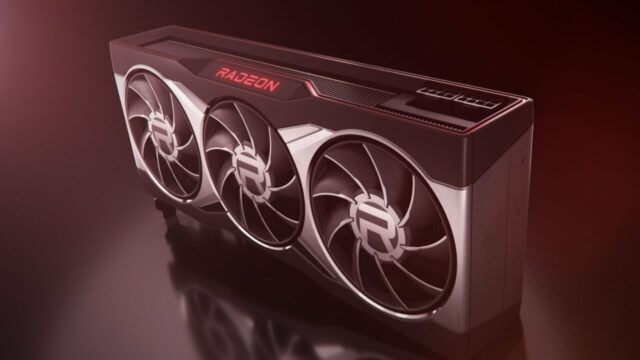AMD’s Radeon RX 9070 GRE graphics card, developed specifically for the Chinese market, demonstrated its performance in independent tests. Tested under the Sapphire Pulse brand, the model attracted particular attention with its results at 1440p resolution. The card clearly outperformed rivals like the RX 9060 XT and RTX 5060 Ti, while clearly demonstrating its advantage over some higher-end models.
Radeon RX 9070 GRE tested
The RX 9070 GRE is based on AMD’s Navi 48 GPU, developed on a 4nm process. It uses the same silicon as the RX 9070 XT, but this model operates with 48 active compute units (CUs) instead of 64.

It features a total of 3,072 stream processors, 96 AI accelerators, 48 ray tracing units, 192 texture mapping units (TMUs), and 96 output units (ROPs). The Infinity Cache capacity is set at 48MB. The card comes with 12GB of GDDR6 memory running on a 192-bit memory bus and offers 432GB/s of memory bandwidth.
In terms of power consumption, the RX 9070 GRE operates at the same level as the RX 9070 with 220W total power (TBP). Technically, this card, a stripped-down version of the RX 9070 XT, achieves a remarkable balance despite its lower computing power.
According to 13 different gaming tests, the RX 9070 GRE performed 28.4% faster on average than the RX 9060 XT 16GB model at 1440p resolution. This difference was 22% compared to NVIDIA’s RTX 5060 Ti 16GB model.
The card delivered an 11% higher performance gain against the RX 7800 XT and a 5% gain against the RTX 4070. However, it achieved 14% lower performance than the RX 9070 and 29% lower performance than the RX 9070 XT. This data suggests that the RX 9070 GRE sits between the RX 9060 XT and the RX 9070.
Pricing-wise, the RX 9070 GRE is reportedly available in the Chinese market at a slightly higher price than the RTX 5060 Ti 16GB and a lower price than the RTX 5070. This makes the RX 9070 GRE particularly attractive to users focused on price/performance.













